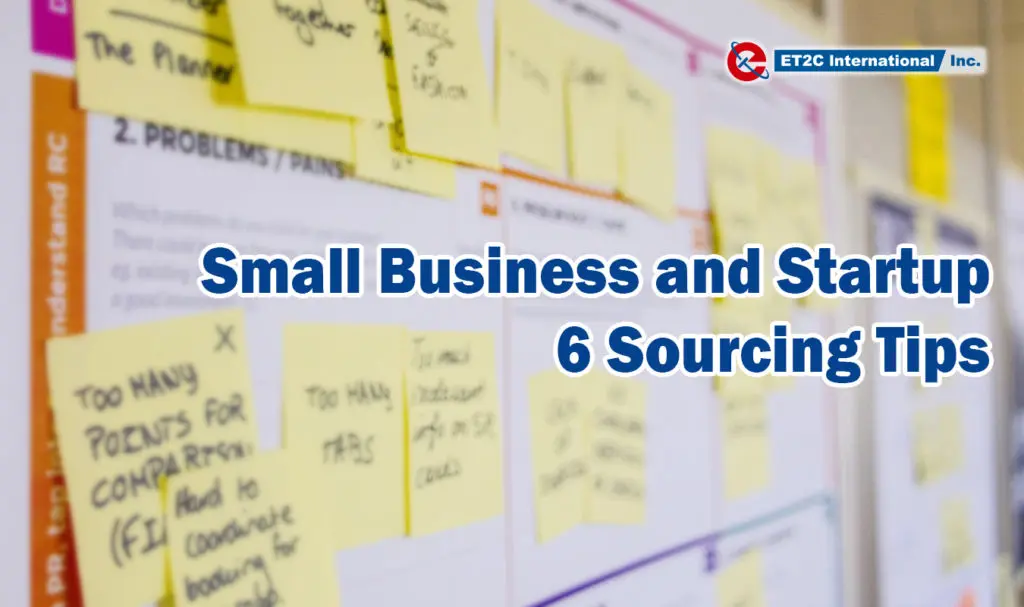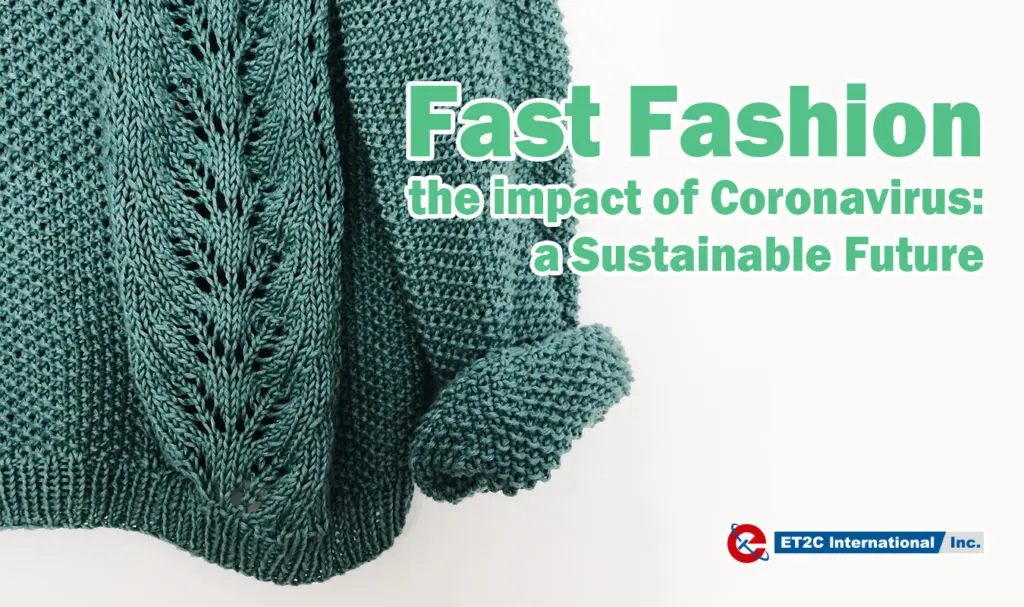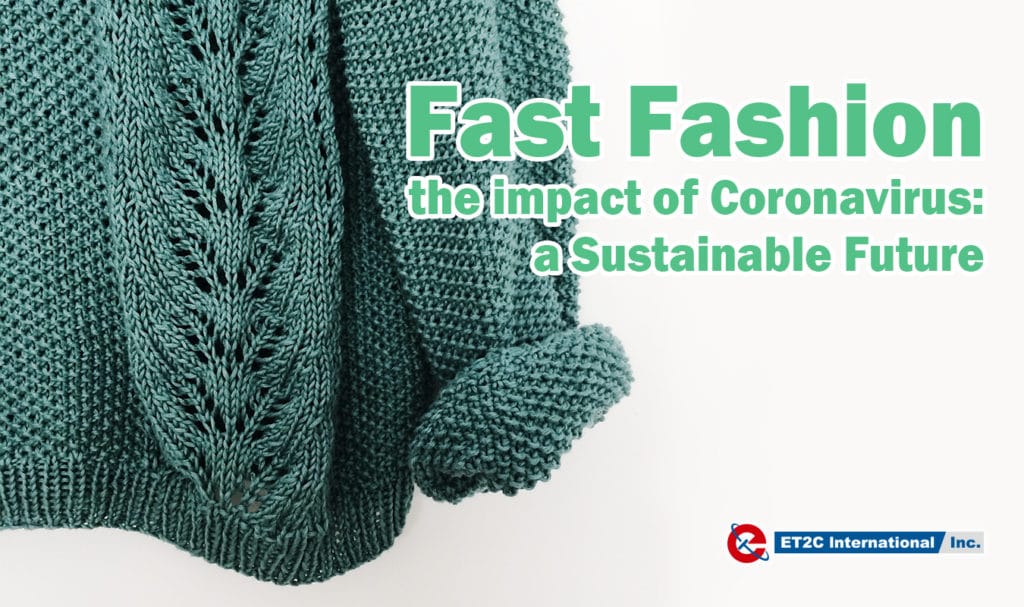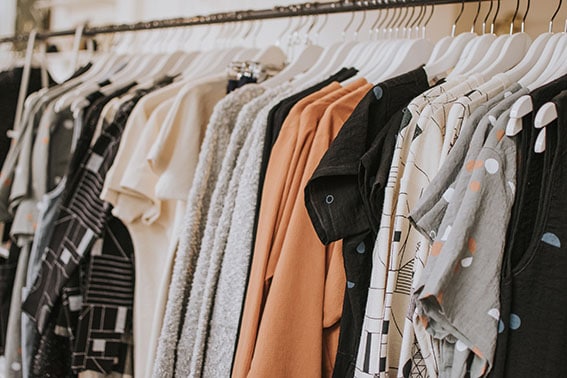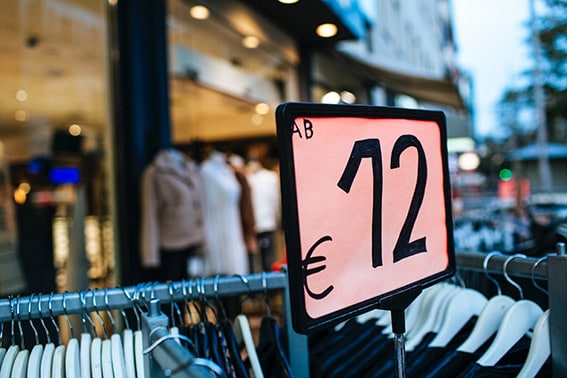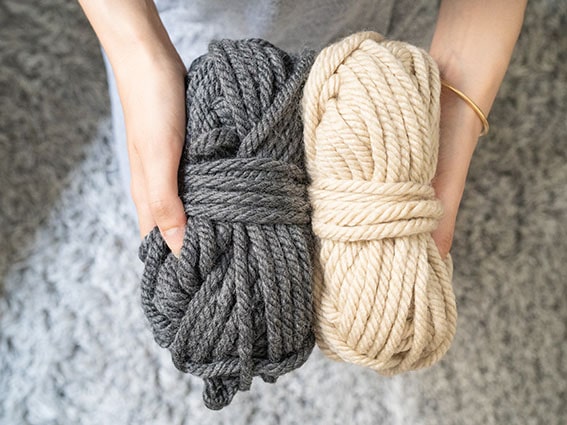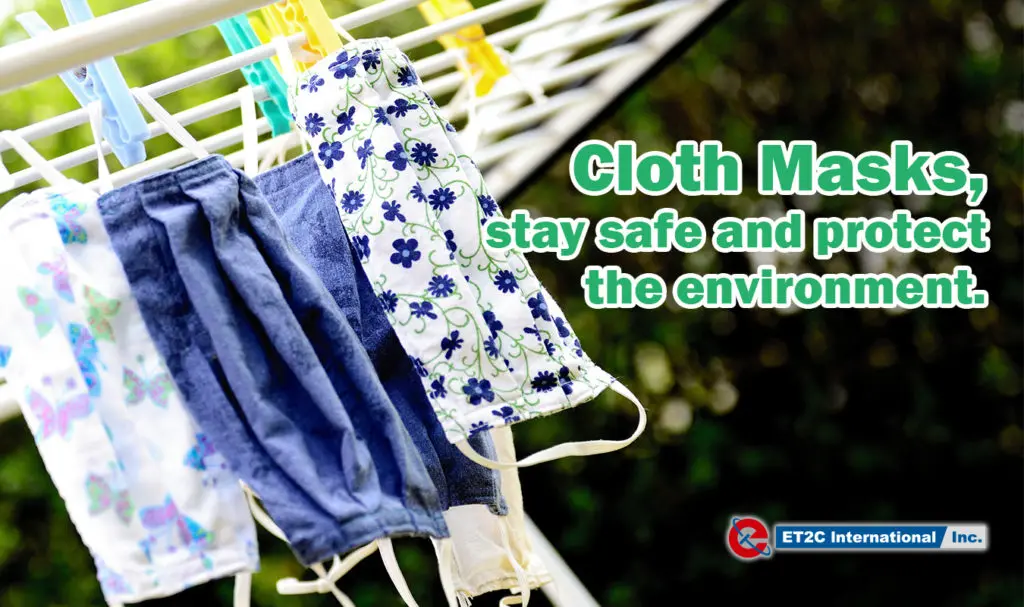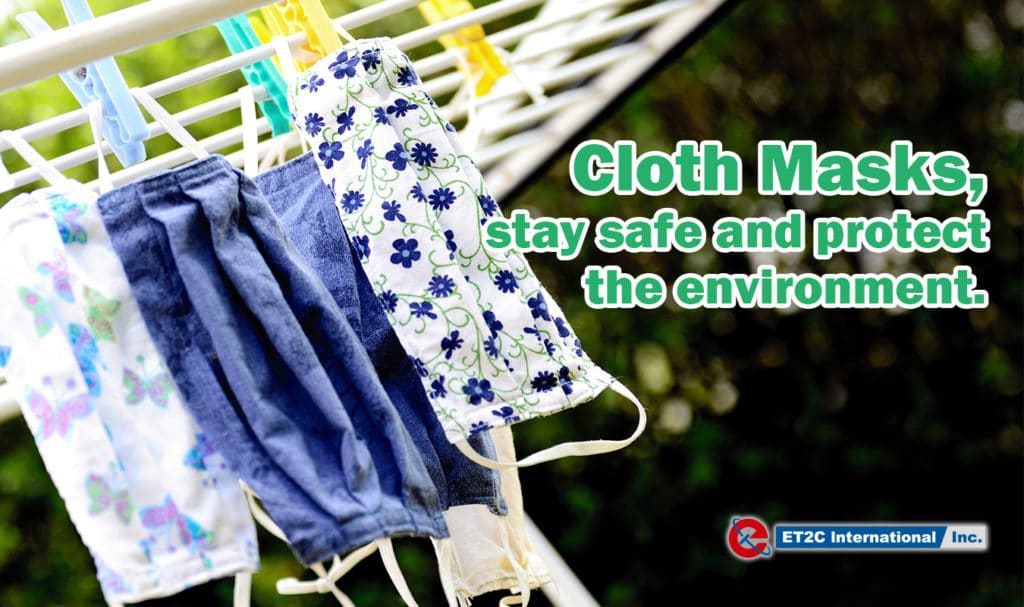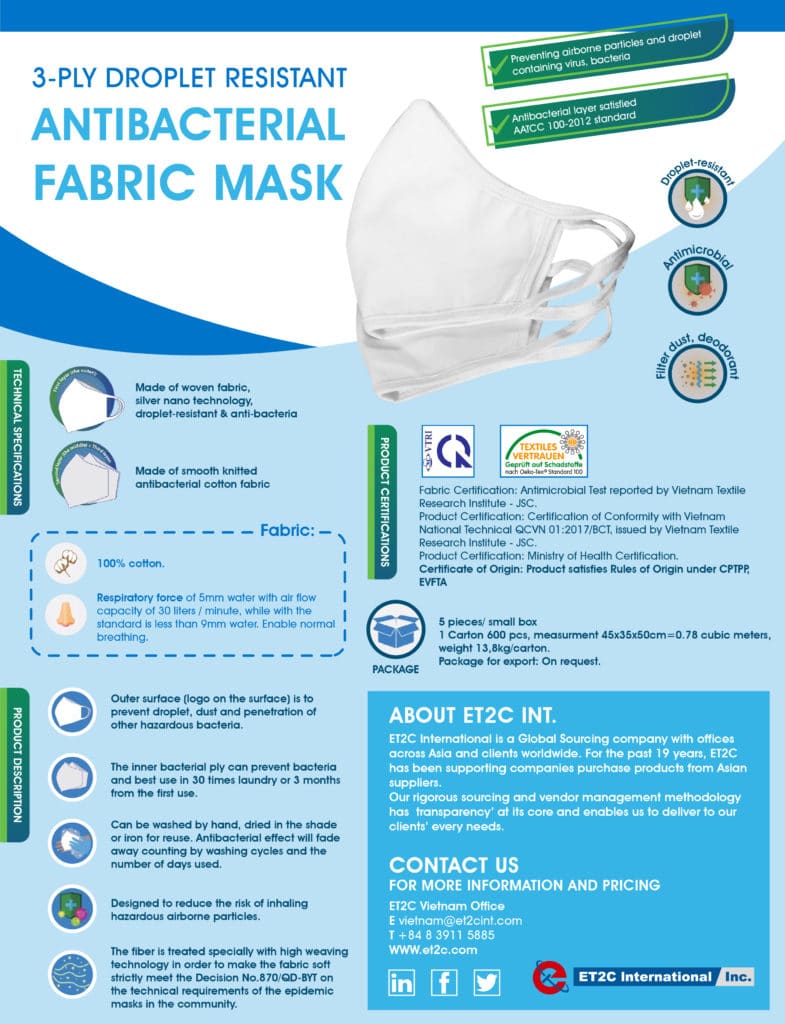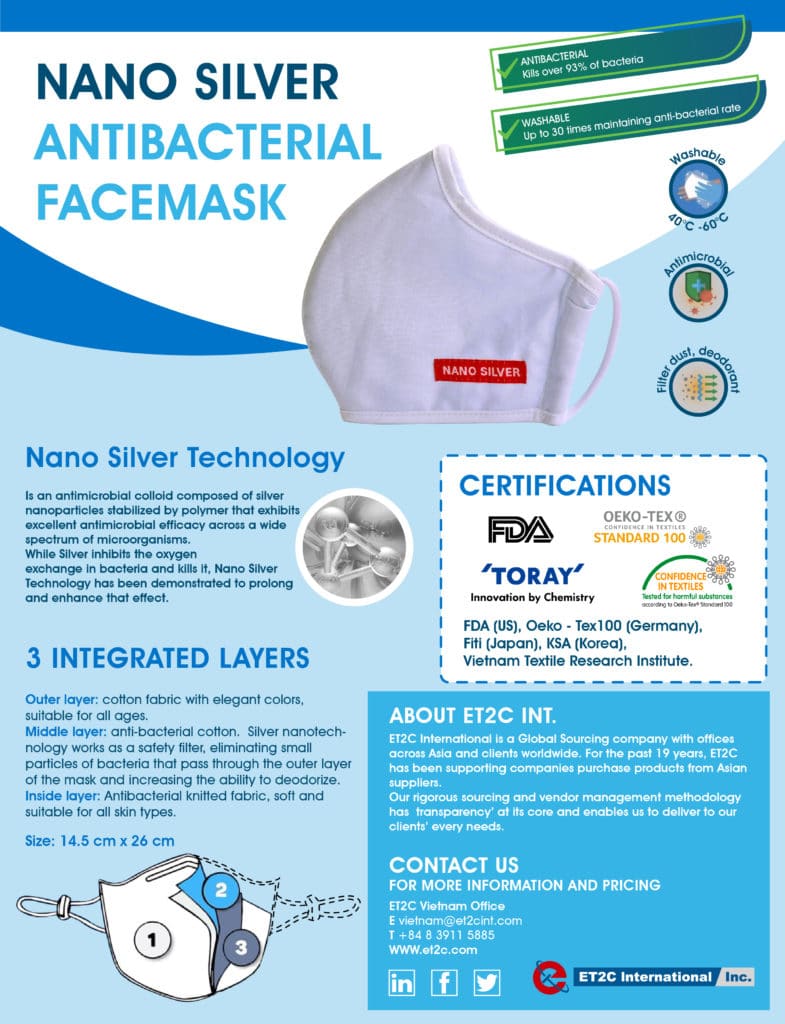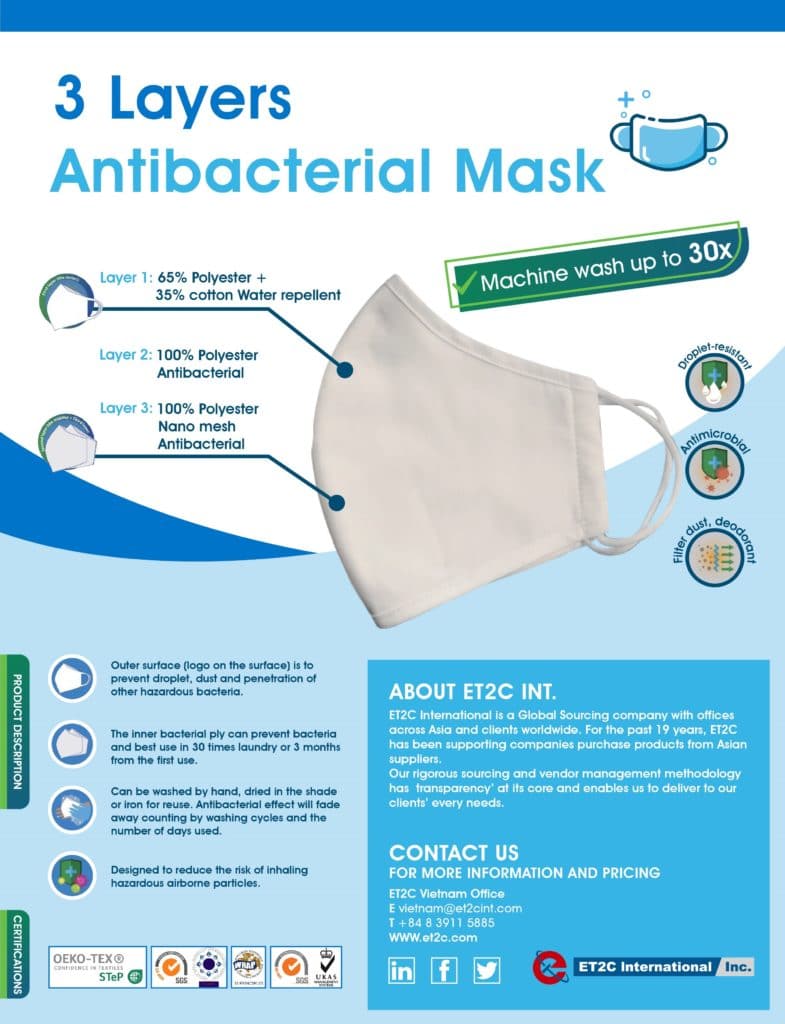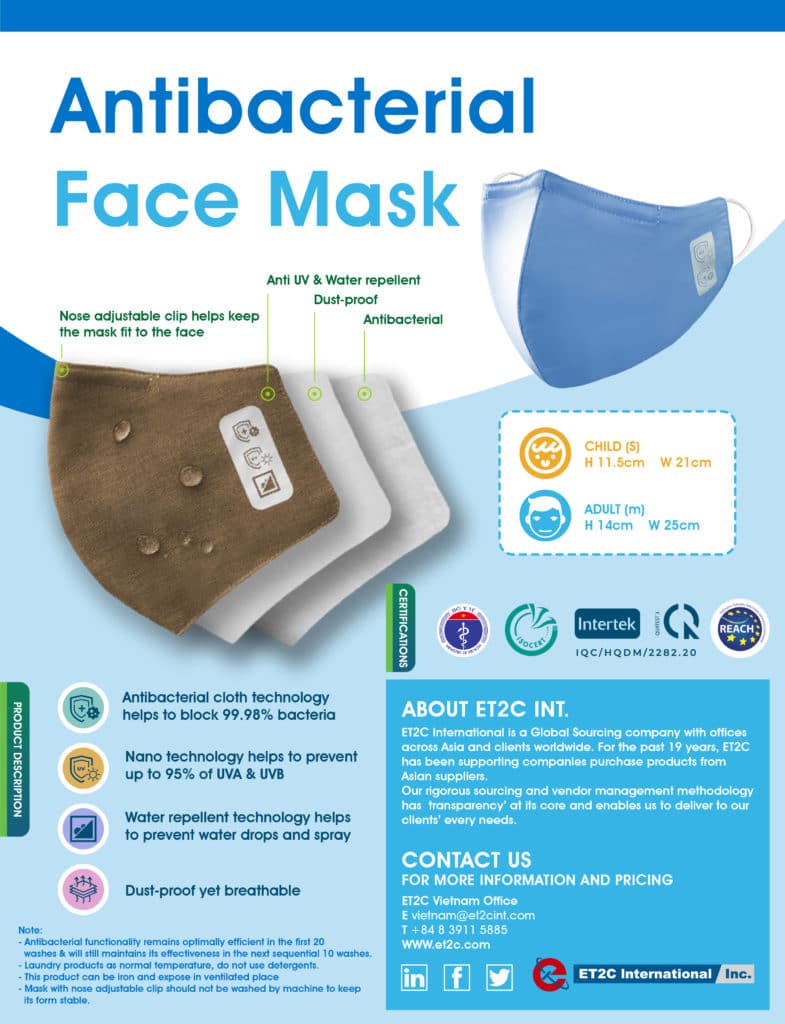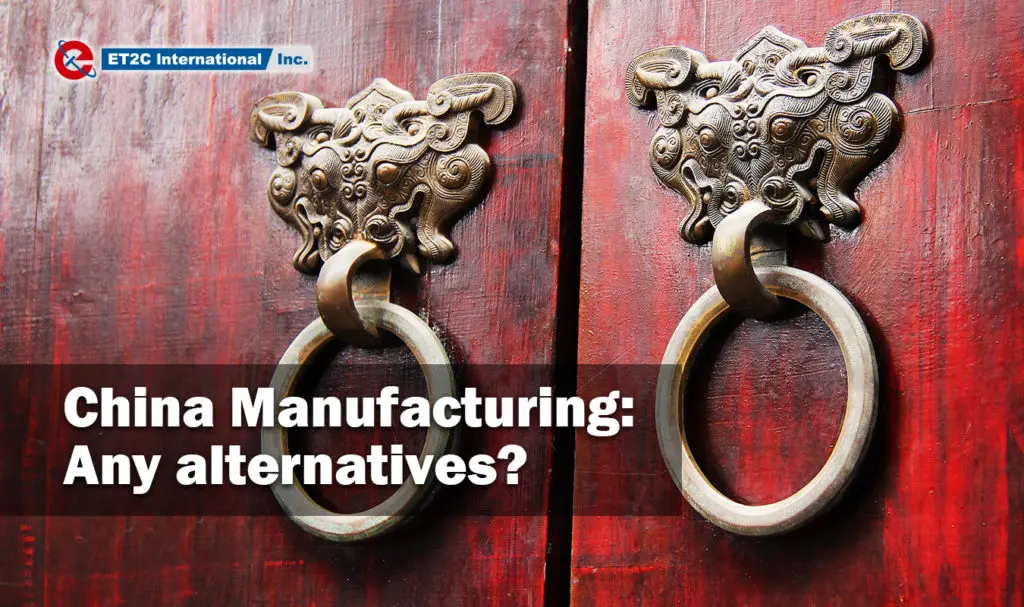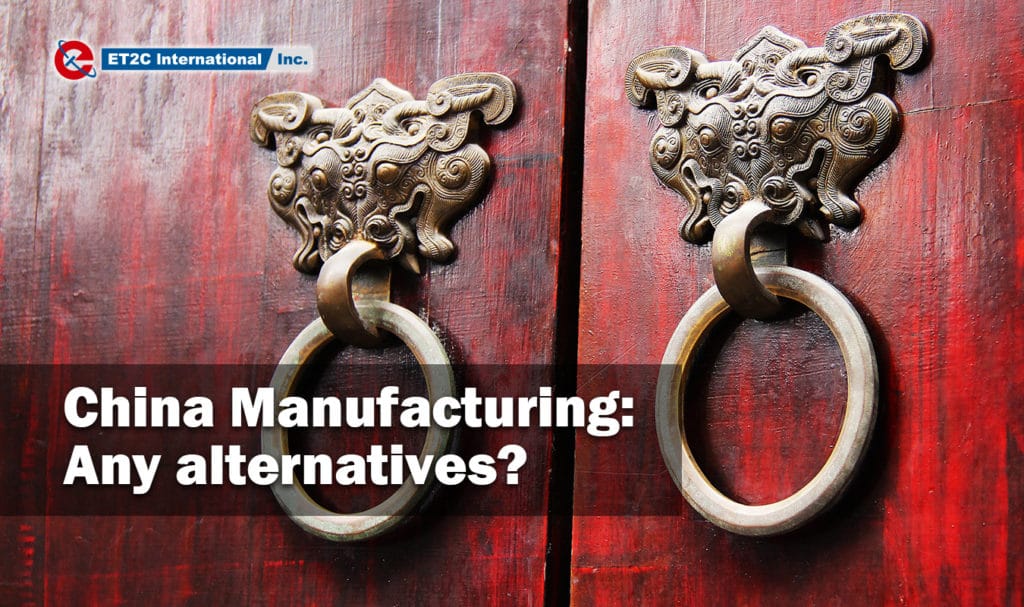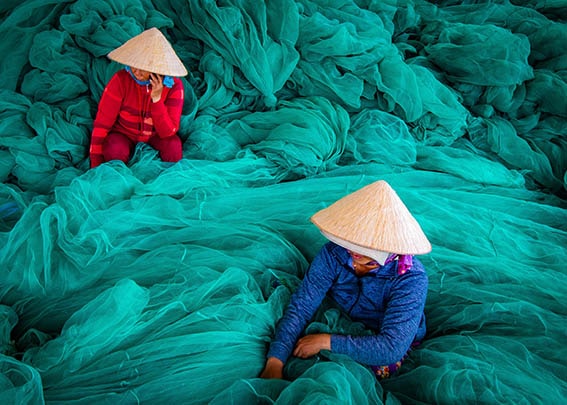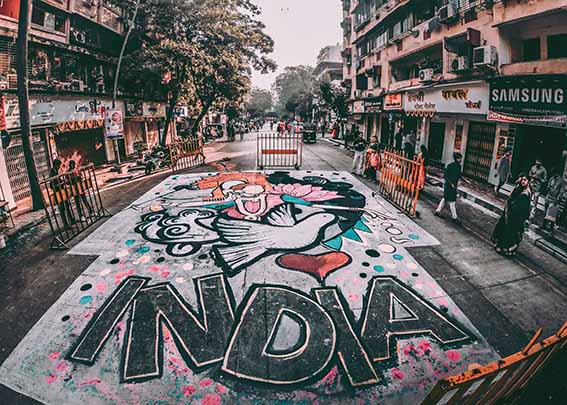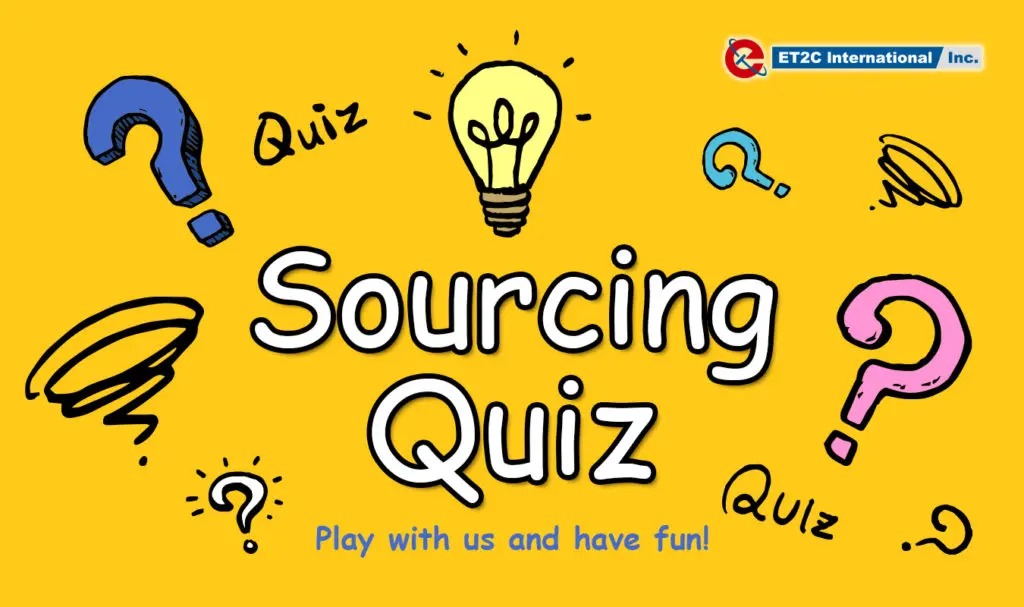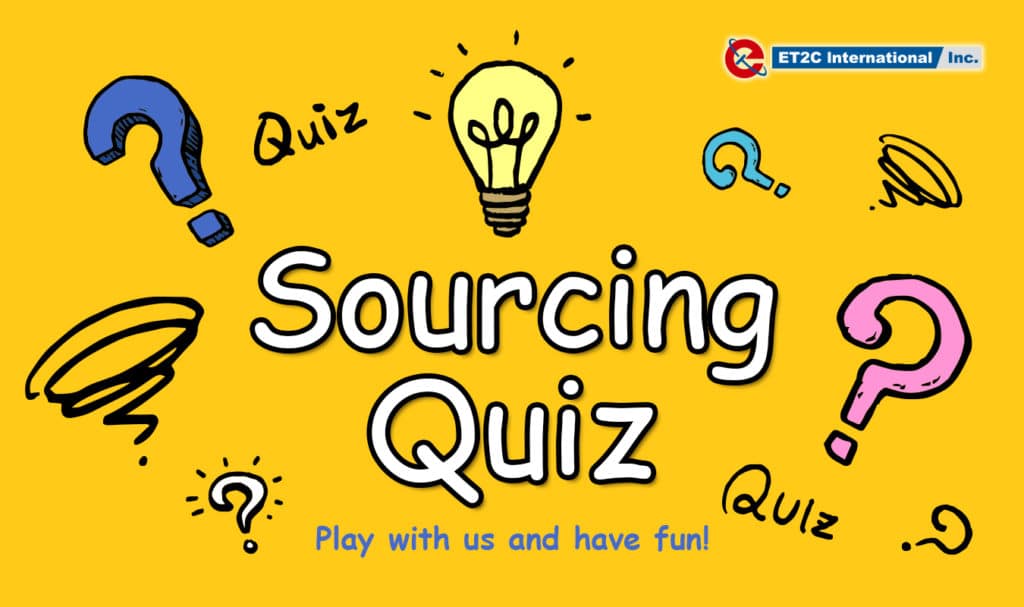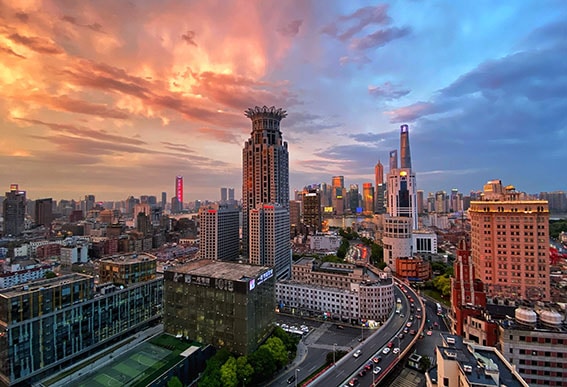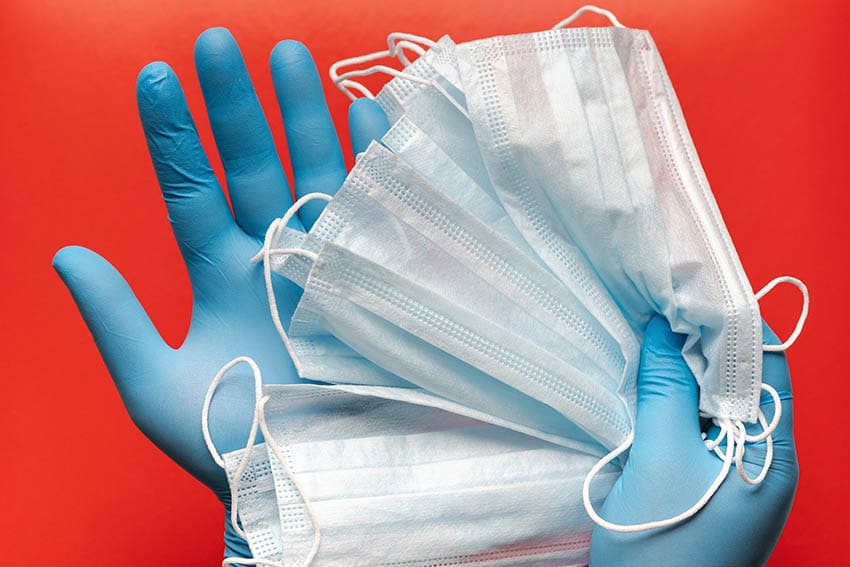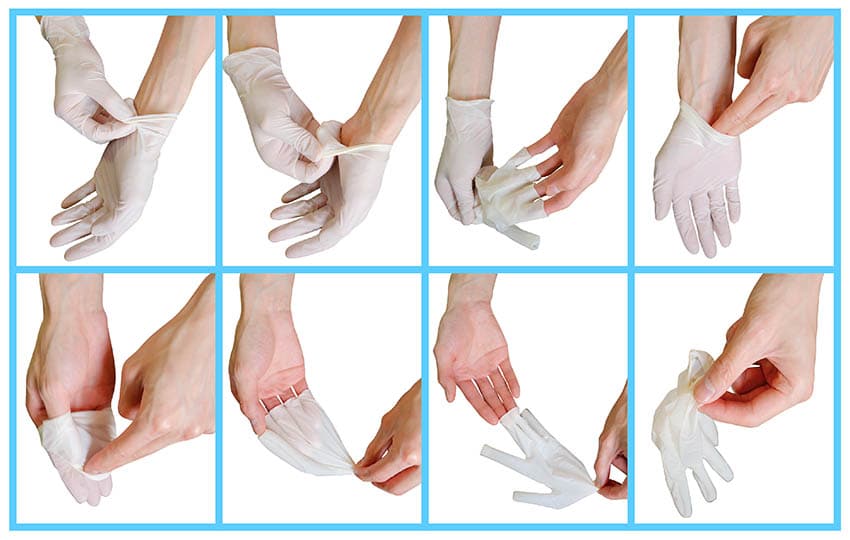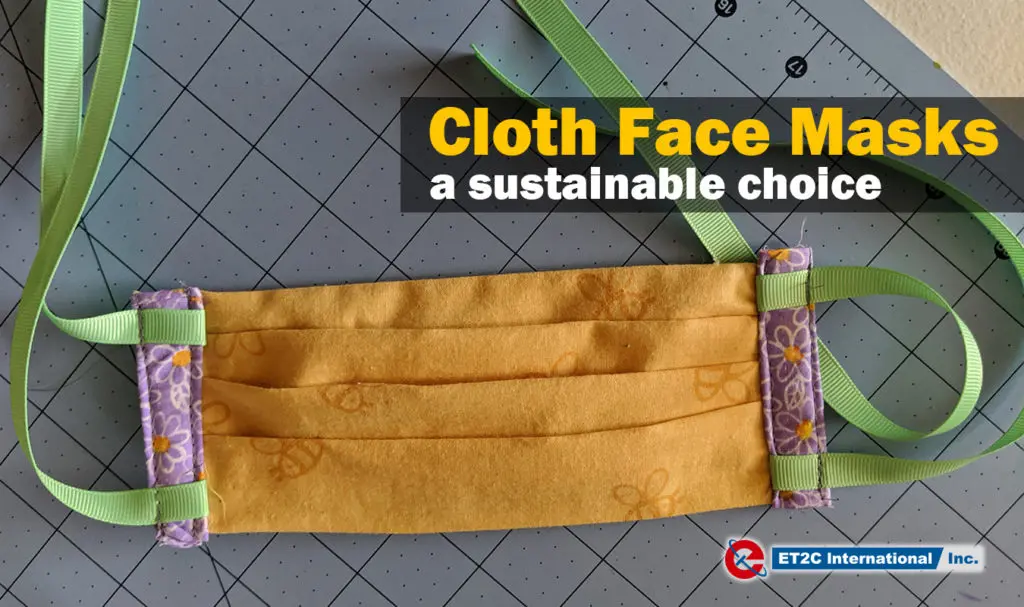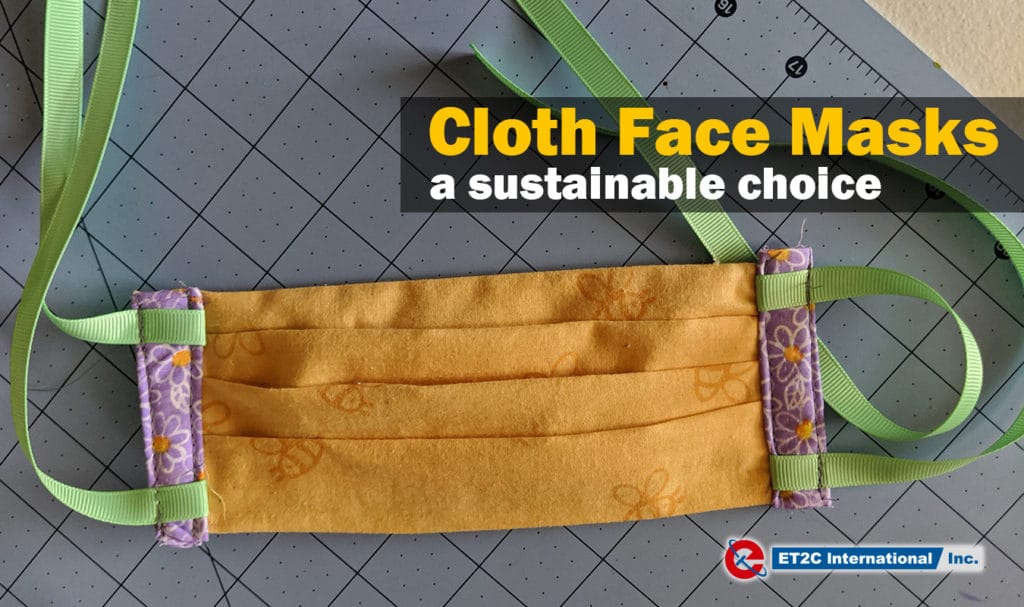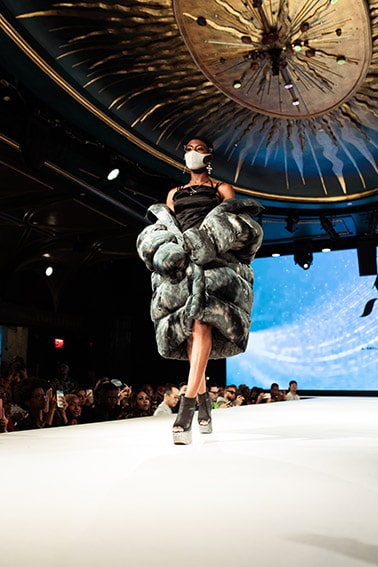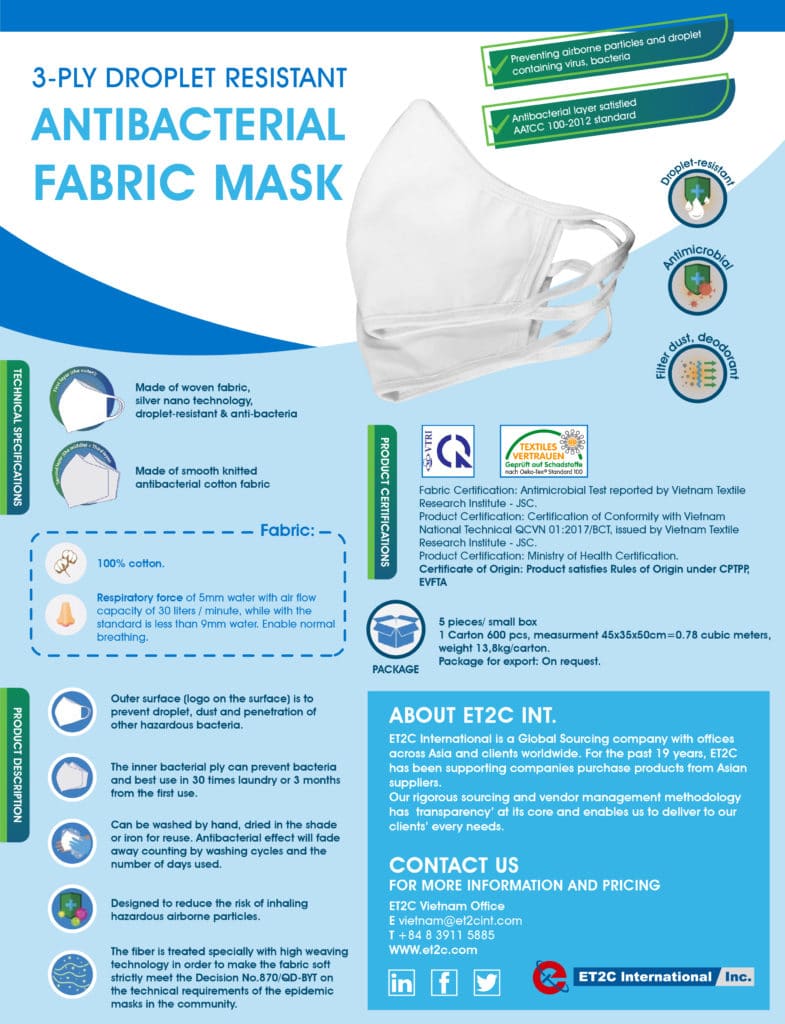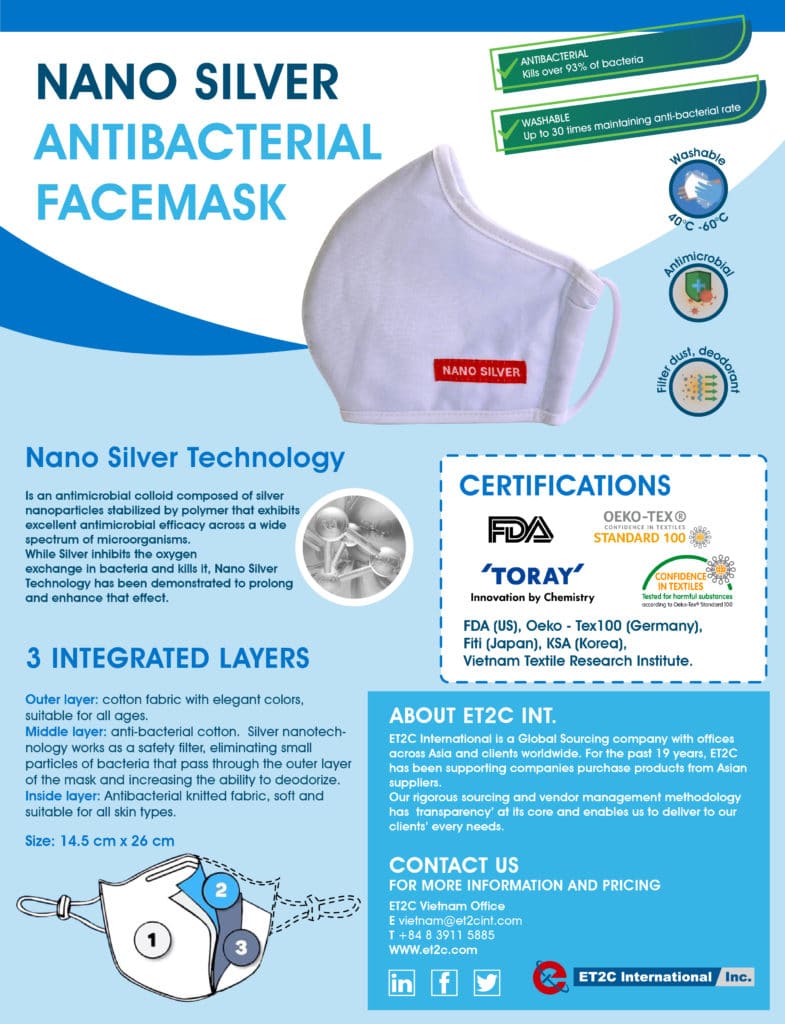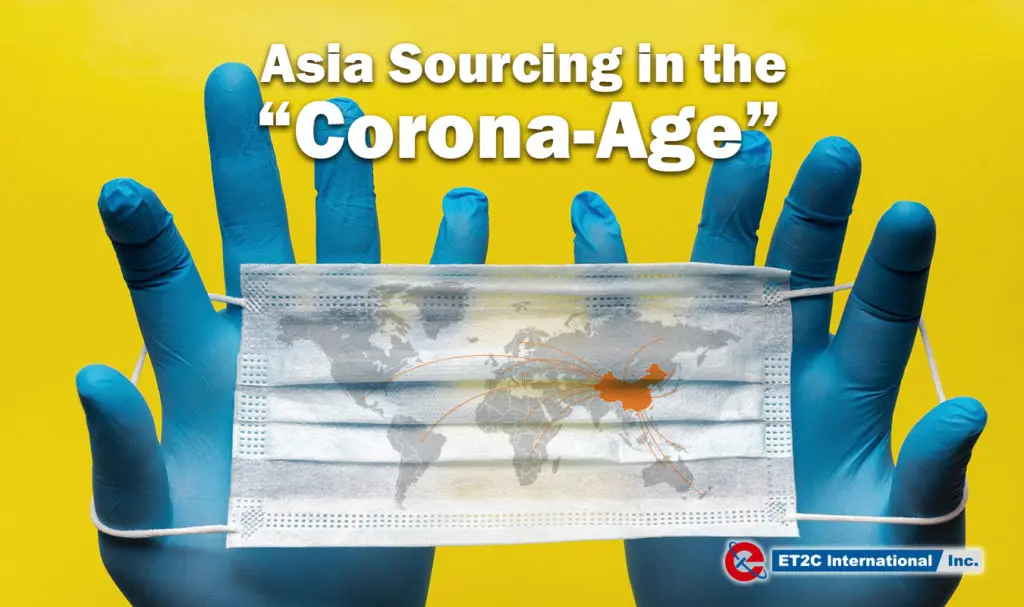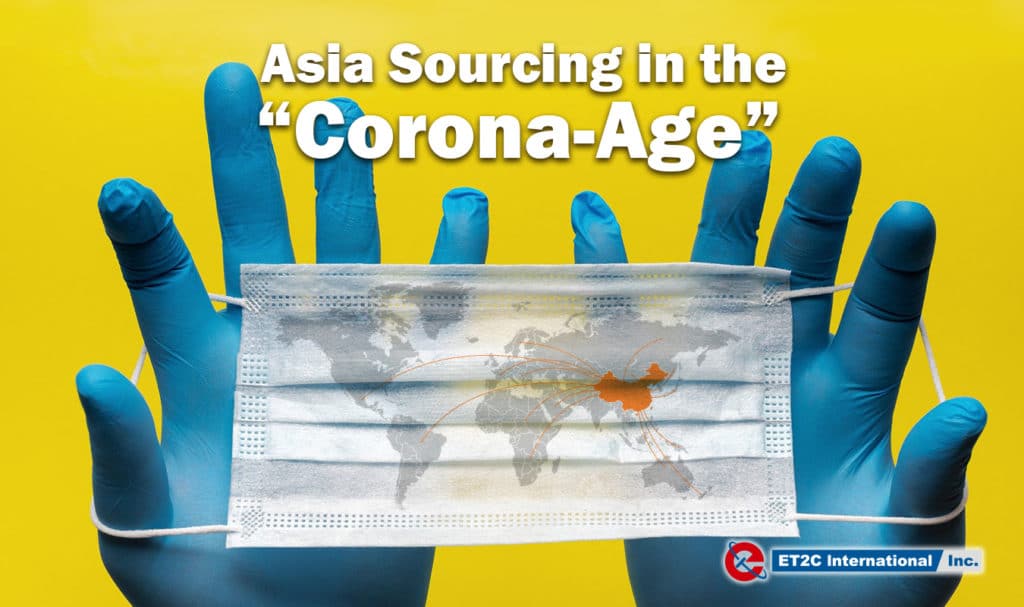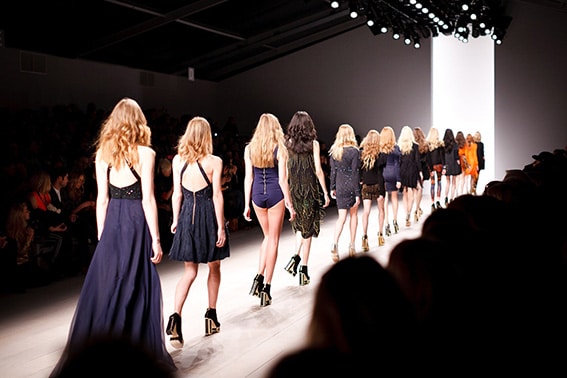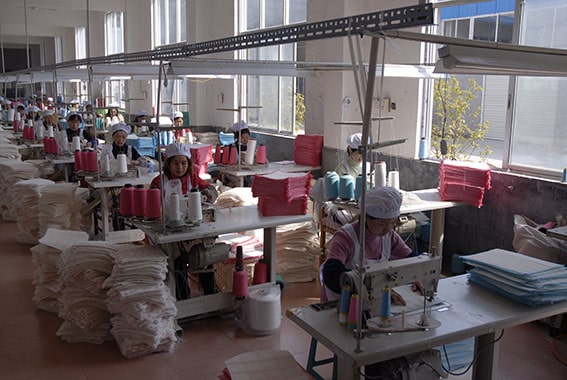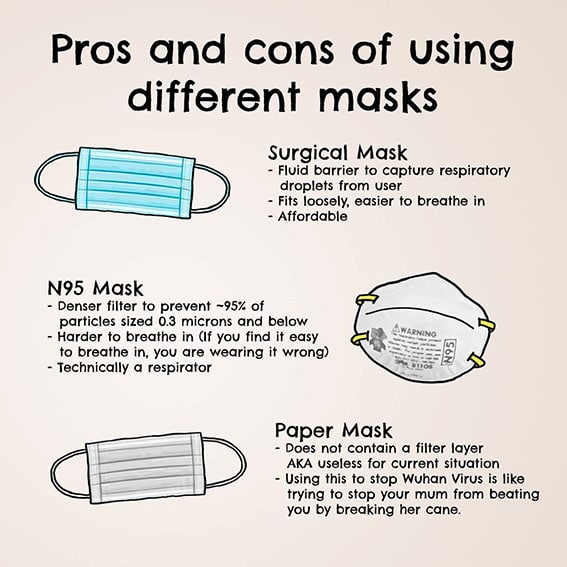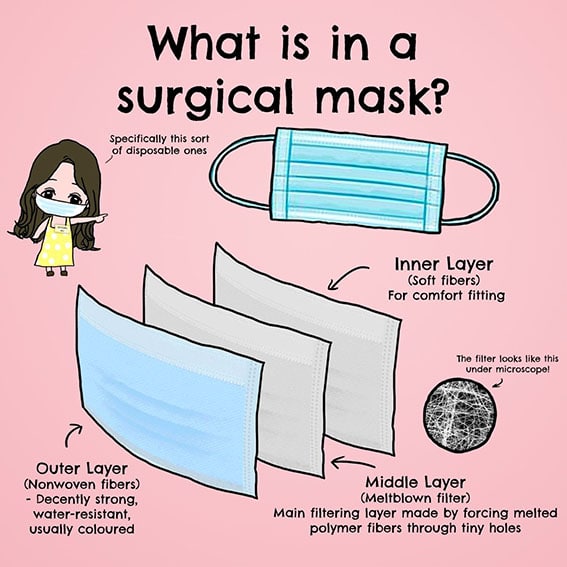Small Business and startup – 6 Sourcing Tips
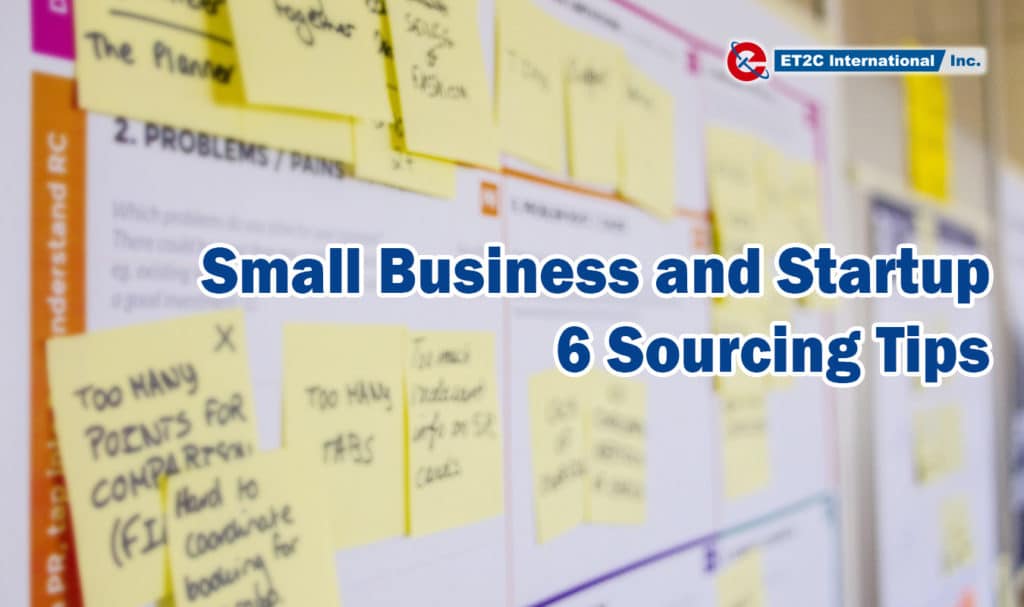
Over the past decade, the barriers to entry for consumer goods brands have been greatly reduced. Back in the mid-20th Century, you would need a lot of cash for a manufacturing plant and business experience before you could even start to think about selling products. Globalisation and technology changed all that. Mass outsourcing of manufacturing, particularly across Asia this past three decades, enabled companies to both buy products to sell and importantly to design their own ranges. Today, with platforms like Alibaba, access to thousands of factories is readily available through the touch of a button.
Pitfalls for Young Growth Companies
But this is just the start of the journey. There are many pitfalls that then present themselves as one puts pen to paper (or signs virtually) on an agreement with a ‘Gold Star’ Supplier that you have found on Alibaba.
Over the years, we have come across many companies that have done the hard yards; designing, manufacturing and taking their products to market. Inevitably, however, there are always going to be issues when a young growth company is transacting halfway across the world with factories that sit within different time zones and cultures.
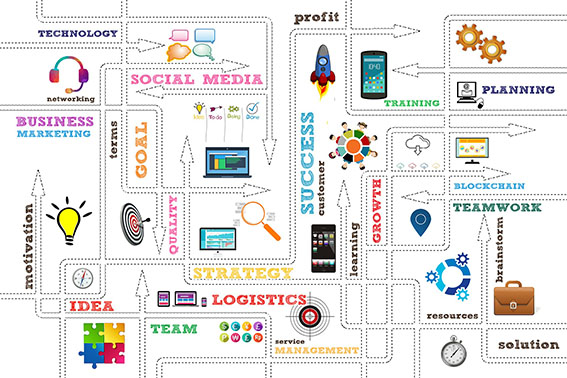
Small business – too many limits.
These problems are exacerbated further when you have limited clients, limited cash and limited resource. One false step on quality can mean the department store that you have persuaded (perhaps even begged) to take your product can mean a brutal (and costly) rejection. Or when a factory makes a mistake in production that means the products require re-work on site, how is a company with limited resource able to address this? And if your product fails chemical testing that you were not aware was a requirement to sell in your chosen market, what are the ramifications?
Sourcing Tips for Young Growth Companies
Arguably, your supply chain will determine the success or failure of the business. It has the ability to scale your business by delivering what you need. Here are some of our tips to keep in mind:
1.Technology is an enabler, not a fail-safe
Of course, platforms like Alibaba have allowed buyers the world over to find suppliers for their products, but it is important to still understand who that supplier is, what they do and how they are suited to your needs.
2.Visit your Suppliers in Person
Just as you would if you were manufacturing down the road, it is essential that you have visited the manufacturing facility, spoken to the owners and satisfied yourself that they are the right ‘partner’, which may include social and ethical compliance.
3.Be Clear on Product Specifications at the Outset
Make sure you have as detailed a product specification as you can draw up that meets your own needs. Certainly, you should agree, sign and chop this with your supplier, to ensure that there is no misunderstanding. Where possible, include any packaging requirements and shipping marks. Also, chemical and physical testing would be advisable as well given this may impact price.
4.Quality is Paramount
You know better than anyone what your product proposition is to your customers and how ‘quality’ fits within this. So, make sure that you have visibility on the production (inline) and also implement an independent quality control so that you can check the products before anything is shipped. You do not want to be shipping problems to your market as this will only increase the costs.
5.Terms & Conditions
Different markets have different (and often contradictory) rules of law. Never assume that a standard contract will provide sufficient legal recourse when it comes to IP or recourse for faulty or delayed goods. You need an agreement in place that has jurisdiction in the country where your goods are being manufactured. Otherwise, it is likely that the contract is not worth the paper it is written on.

6.Never Assume Anything
A catch-all. Just remember you will often be operating in an alien marketplace that speaks different languages. Surely, commonsense is not something that you should lean on.
Get all these right, and there is a real opportunity to nail the supply chain piece!
ET2C Int. helps Young Growth Companies scale their businessesSmall Business – How to grow?
At ET2C, we have a track record of helping young growth companies scale their businesses. We understand your needs and have the capability and reach across Asia to manage your suppliers without any upfront costs. For more information, please contact us at contact@et2cint.com.

